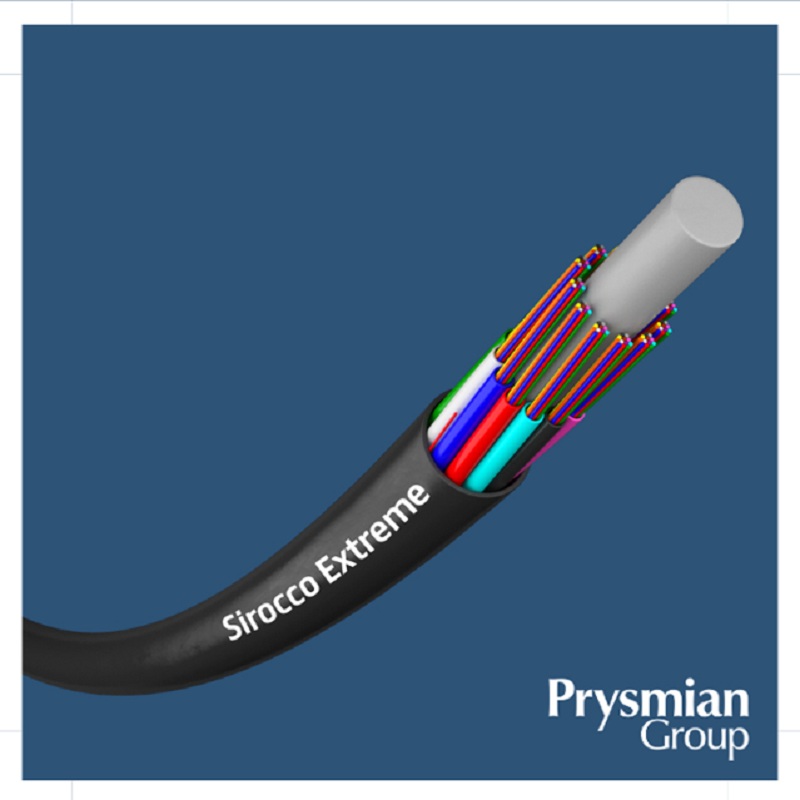Available in fibre counts from 192 to 576, the Sirocco Extreme cables benefit from the use of Prysmian’s PicoTube technology.
December 28, 2021

Prysmian Group has extended its Sirocco Extreme range of microduct cables to include its newly launched – 576f cable. The Sirocco Extreme cables provide world record diameters and fibre densities for blown microduct cables.
The new cable has 576 fibres in a diameter of 8.2 mm, providing a fibre density of 10.9 fibres per mm2, and can be installed into a 10 mm duct. Sirocco Extreme microduct cable utilises Prysmian’s BendBrightXS 180µm single-mode (ITU-T G.652.D, G.657.A2) bend-insensitive fibre which is fully compatible for splicing with any standard fibre.
Watch: Wire & Cable India News Roundup
Ian Griffiths, Director R&D Telecom Business at Prysmian Group, remarks, “Bend-insensitive fibre optic cables are a crucial part of the world’s shift towards flexible and reliable connectivity. With their extreme fibre count and reduced diameter, Sirocco Extreme microduct cables make installations faster and more cost-effective. Designed for installation into microducts, they are ideally suited for blowing in high-density access, FTTX, and 5G networks.”
Also Read: Prysmian to Build Cable Plant in US, Wins USD 880 Million Projects
Available in fibre counts from 192 to 576 and conforming to international standards for optical and mechanical performance, the Sirocco Extreme cables benefit from the use of Prysmian’s PicoTube technology. This makes them up to 15 percent smaller than Sirocco HD microduct cables. Consequently, it is possible to install more fibres into a congested duct space and smaller ducts can be used for new installations, thus, reducing installation costs and the use of lesser raw materials. This provides further benefits of a decreased total cost of network deployment and a smaller environmental footprint.




